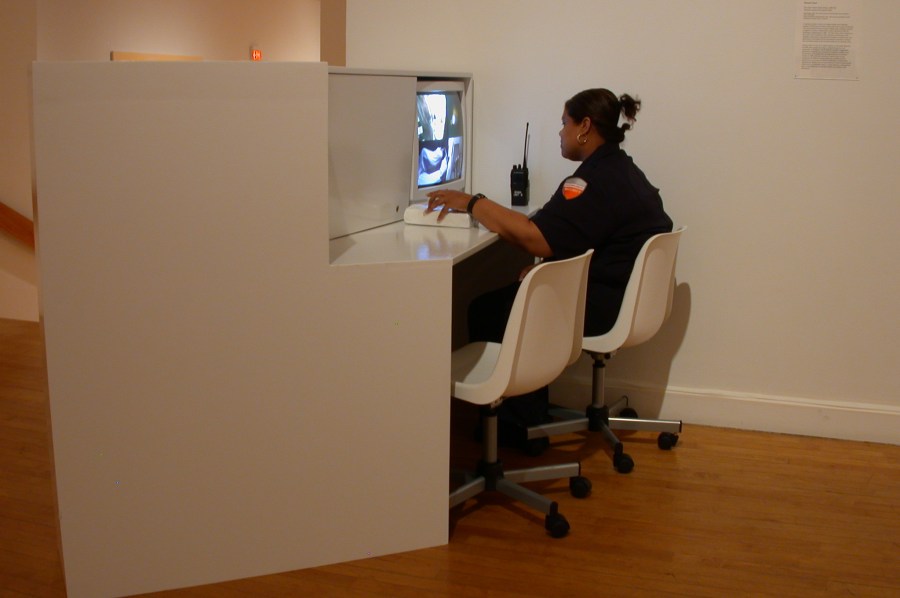The Glass House Home Movies

As the American daughter of a Lebanese mother and Afghan father, my childhood and adolescence were shadowed by my long-distance and second-hand experience of their countries’ civil wars, which were intimately and inextricably intertwined with every detail of my family life. In the four videos that make up The Glass House Home Movies, I excavate my mediated memories of two key moments in this double history (the Israeli siege of Beirut, represented by footage from Jennifer Fox’s documentary Beirut: The Last Home Movie, and the U.S. bombing of Afghanistan, represented by official military footage) and connect them to other images of femininity and militarism appropriated and replayed from sources including network news, advertising, daytime television, and canonical performance art, in order to examine my compulsion to re-enact these traumas only dimly received as dramas of dangerous or embattled domesticity — political histories transposed to the personal and re-written on my body, which is thus offered up as a bridge across the border zones littered with unexploded mines.
These private rituals or hauntings are performed for security cameras installed in my ordinary Brooklyn apartment; the recorded feeds, constantly interrupted and echoed by flashes and overlayers of received media imagery, are then repositioned within an existing, repurposed or reproduced space of surveillance within the museum, where viewers are given control over which of five alternate audio feeds (corresponding to the four videos composing the split screen, plus a mix of all four) they prefer to listen to while sitting in a security guard’s chair and monitoring my movements through the different spaces and times brought together by the coincidences of the grid and the recurrences of symbolic objects, including most importantly the fragments of broken glass that appear in every section of the screen, the house, and the intertwined histories.

